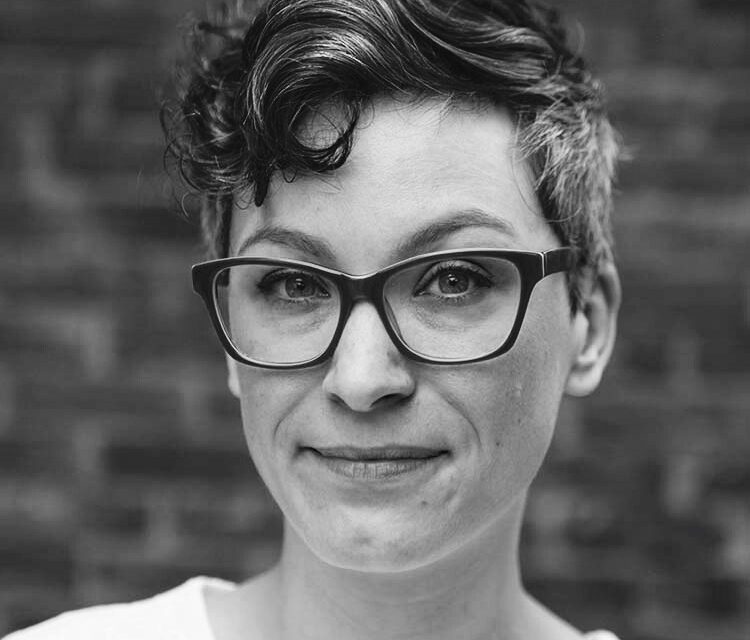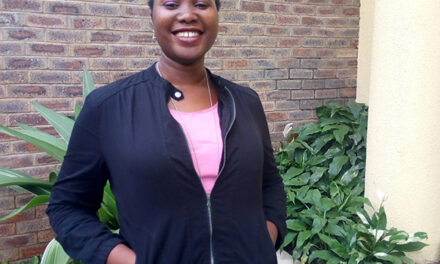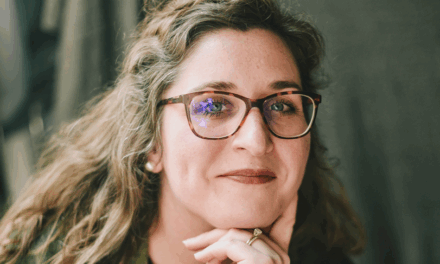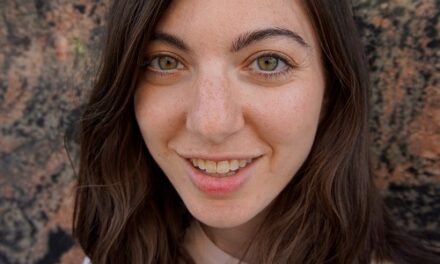
Associate Editor Jess Jelsma Masterton: There are many different “engines” that can drive a piece of fiction. Within Western traditions, plot and character often take the wheel, offering a chain of causal events or a nuanced study of an individual’s psyche. In Julie Cadman-Kim’s “Putting in the Seed,” however, plot and character take a back seat to imagery. It is only through the “neglected boxwood hedge,” the flowering pear, and the gingko tree—the smell of cat urine, semen, and rotting berries—that we begin to understand the protagonist’s unique psychology.
To hear Julie read her story, click below:
Putting in the Seed
On her block was a gangly, neglected boxwood hedge that perpetually smelled of cat pee. For a while the woman thought the local cats must be using it as a sort of communal urinal, but over the years, she came to believe that this variety of boxwood naturally smelled like cat pee, just as the flowering pear by her apartment wafted the unmistakable scent of semen every spring, right when its little white flowers were their ruffliest.
Her father had mentioned the stench once, the last time she saw him alive. After an informal brunch they’d found themselves in the middle of an agonizingly awkward goodbye, the semen smell rendering unbearable what would have become an aching moment of nostalgia, now forever marred by the potency of a tree in peak reproductive heat.
“Drive safe,” she’d said lamely, looking up at the sky.
“You bet.” Then he coughed a little, like something was stuck in his throat. “Pungent smell,” he said finally.
She nodded, but when he turned to walk away, the woman felt as though she were thirteen again and had had to explain what she was doing in the bathroom for the last thirty minutes, running down the batteries of her mother’s electric toothbrush.
Along with the pear, the woman’s neighborhood included a ginkgo tree flush with prehistoric frond-like leaves that bisected nearly to the middle into two distinct, quivering lobes. For most of the year the ginkgo was dainty and shivery and purely ornamental, but as the weather warmed, she developed wet-tipped nodules like goosebumps along her branches, ready to catch the male’s primordial sperm-bearing pollen as it drifted in on the breeze. When, in the fall, her berries got so ripe they almost burst, she dropped her fruit—thin-skinned yellow flesh around a hard pit—onto the sidewalk unabashedly.
As the berries rotted, the tree trembled, reveling in the ensuing smell of rancid butter that emanated from the sidewalk beneath her. Rich and fatty, sour and spoiled, the ginkgo dropped all pretense and bared her gifts for the world, confident not only that the passersby could smell her perfume but that they loved it.
The uninitiated held their noses, wondering if someone had vomited nearby, but those who were unafraid, like the woman, stopped to scoop up a few slimy berries. At home, separating the rotting golden pulp from the pit, which was milky brown like early morning coffee, the woman knew the hard center was merely a shelter for what dwelled inside. When baked and then cracked open, the shell yielded a soft green nut. Fragrant and decadent and still warm from the oven, it melted in the woman’s mouth, as though it were saying, See? I told you I was going to be spectacular.
A graduate of Bennington College, Julie Cadman-Kim currently lives and works in Seattle. Her work has been published or is forthcoming in Black Warrior Review, Jellyfish Review, Fourteen Hills, Sonora Review, and others.
For more miCRo pieces, CLICK HERE











